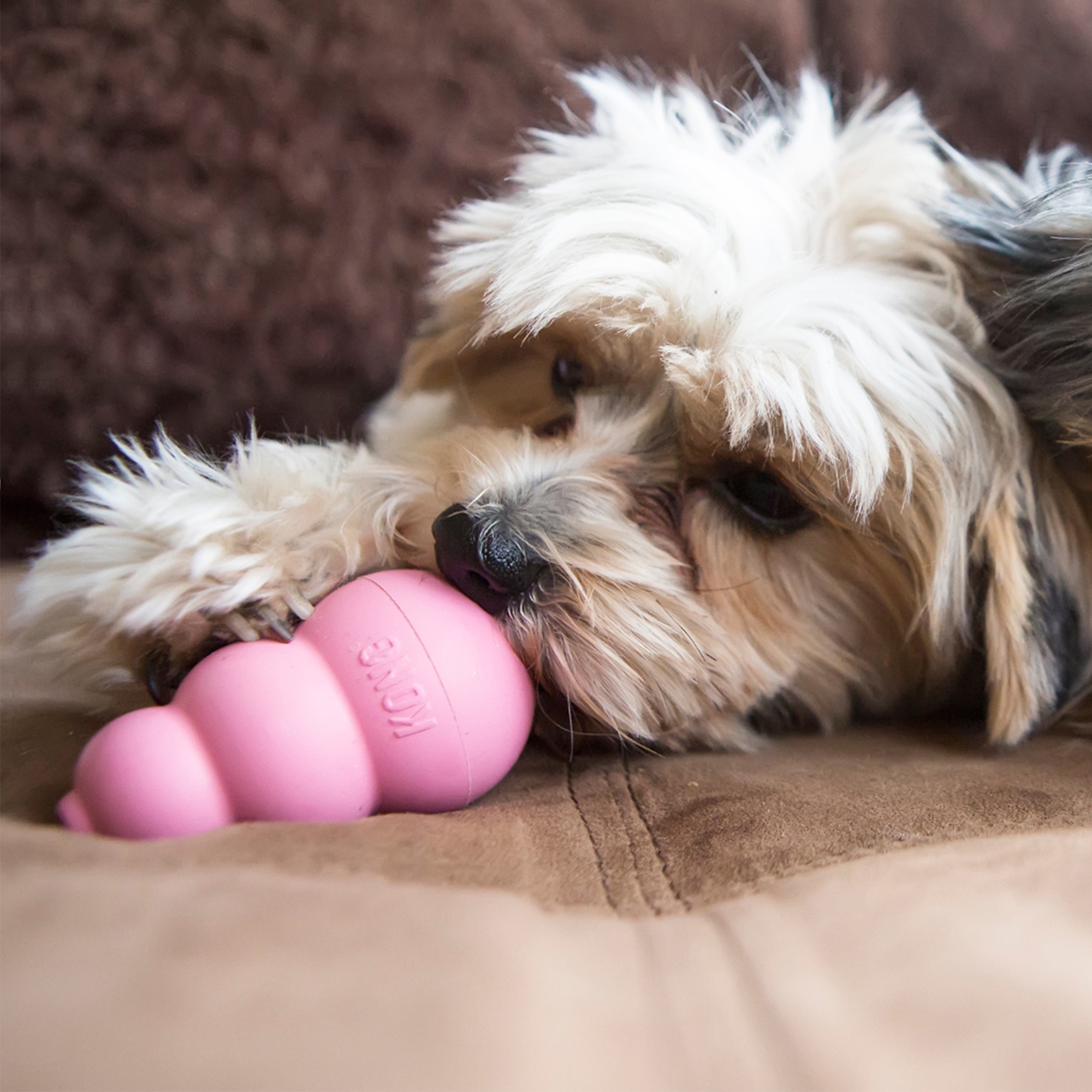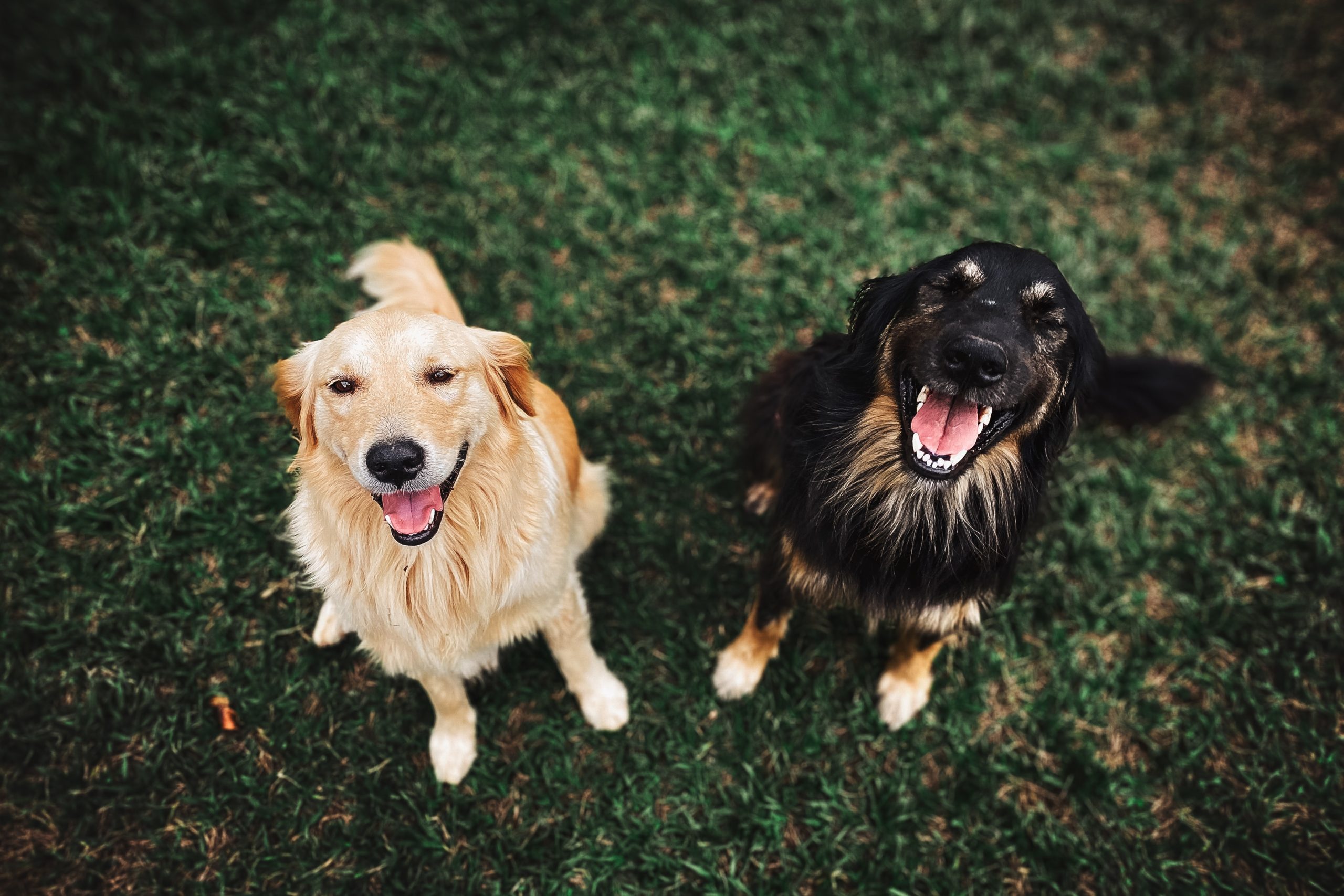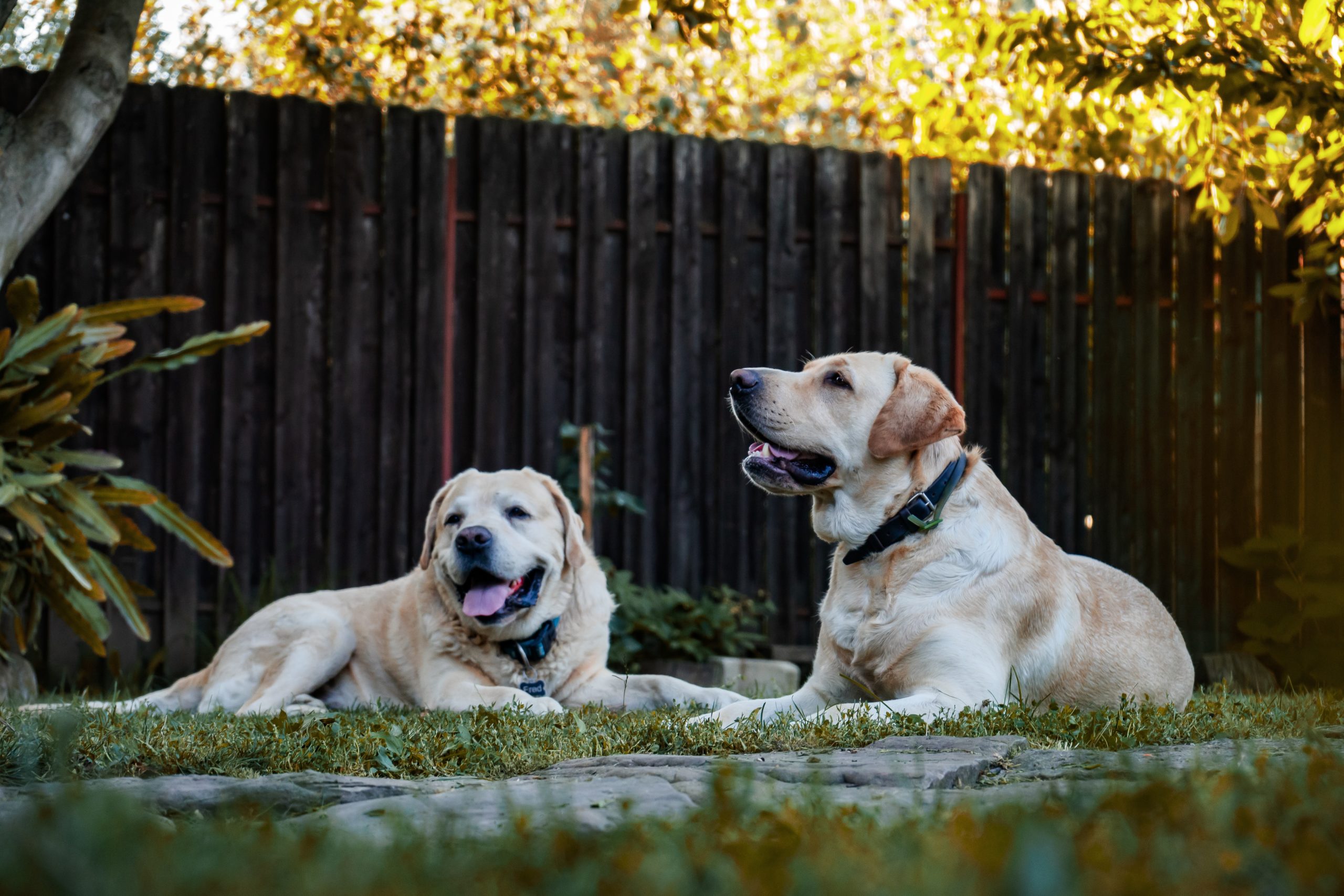Does your dog have a swollen earflap or ‘fat ear’? It is likely that he or she has an aural haematoma. An Aural Haematoma is a blood clot in the ear; aural refers to the ear, and a haematoma is a localized collection of blood or serum.
The ear may hang at an unusual angle and the dog often holds it head to the side of the affected ear.
How does an aural haematoma occur?
The blood that collects between the cartilage and skin of the earflap is due to a burst blood vessel. This can occur if the dog scratches the ear excessively or shakes the head, often as a response to an ear infection, such as ear mites. It can also occur as a result of trauma to the ear.
The haematoma itself won’t burst as the pressure of the fluid buildup prevents further bleeding and the blood in the haematoma becomes clotted.
What is the treatment for an aural haematoma?
Most aural haematomas require surgical treatment. Surgery aims to remove the haematoma, prevent recurrence, and retain the natural appearance of the ear. A long incision is made over the haematoma and the area flushed. Placing a series of sutures obliterates the space where the blood accumulated. These sutures may incorporate a haematoma pad, lengths of tubing, or even buttons to help distribute the pressure over a larger area. A general anaesthetic is required for this procedure.
Often the ear is bandaged, but if the dog does not tolerate the bandage well, an Elizabethan collar may be required to prevent the dog removing the bandage and further traumatizing the ear.
It may be possible to use non-surgical treatment for some small haematomas, especially if the risk of an operation is a concern. The dog is usually sedated and the blood aspirated through a needle. Then a corticosteroid is injected into the space left by the haematoma, and the ear may be bandaged. Repeat injections are sometimes necessary and surgery may still be required if treatment is unsuccessful, so it is preferable to drain the haematoma surgically where possible.
Any underlying ear disease must be treated, as an aural haematoma is usually a sign of ear disease such as infection or a foreign body (for example, a grass seed). Grass seeds are a particular problem so check your dog’s ears regularly and seek veterinary attention quickly if your dog starts pawing at the ear, rubbing it along the ground, shaking its head or holding it to one side. Don’t wait!
Ear mites and bacterial and/or yeast infections are other causes of ear problems that can lead to aural haematomas. Dogs with hairy ear canals or ones with pendulous ears preventing adequate ventilation are more prone to infections.
What happens if a haematoma is not treated?
Left untreated, an aural haematoma may eventually resolve by itself, but the ear becomes misshapen (just like the ‘cauliflower ear’ of boxers), and the underlying reason for the haematoma is not addressed, leading to further trauma and damage to the ear, as well as considerable pain for the dog.




